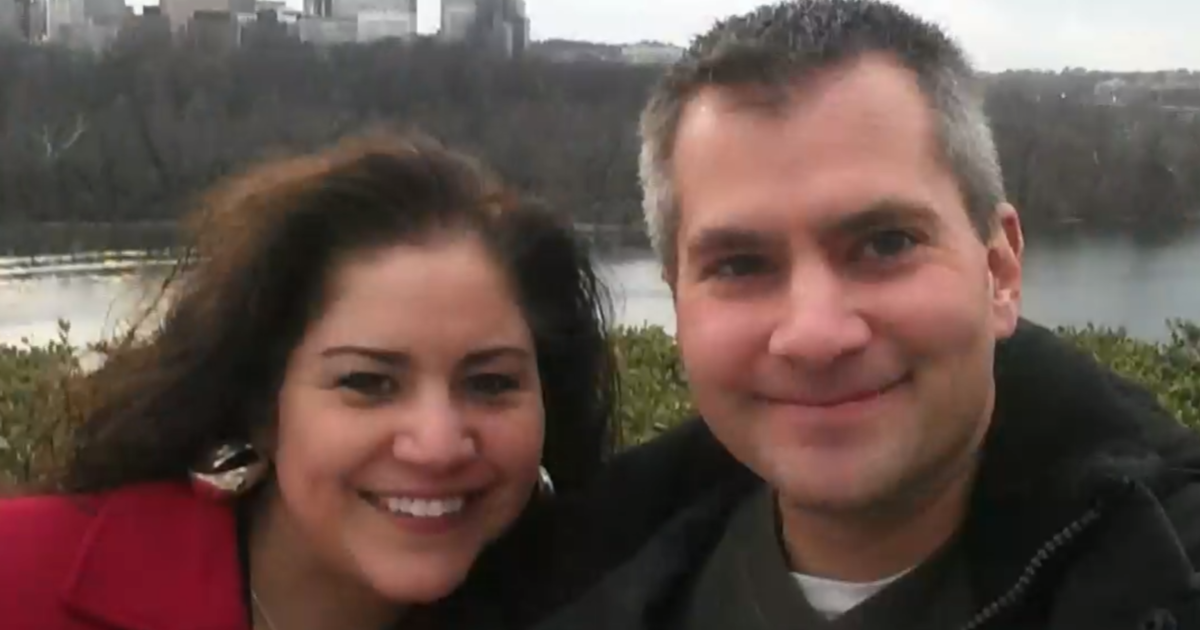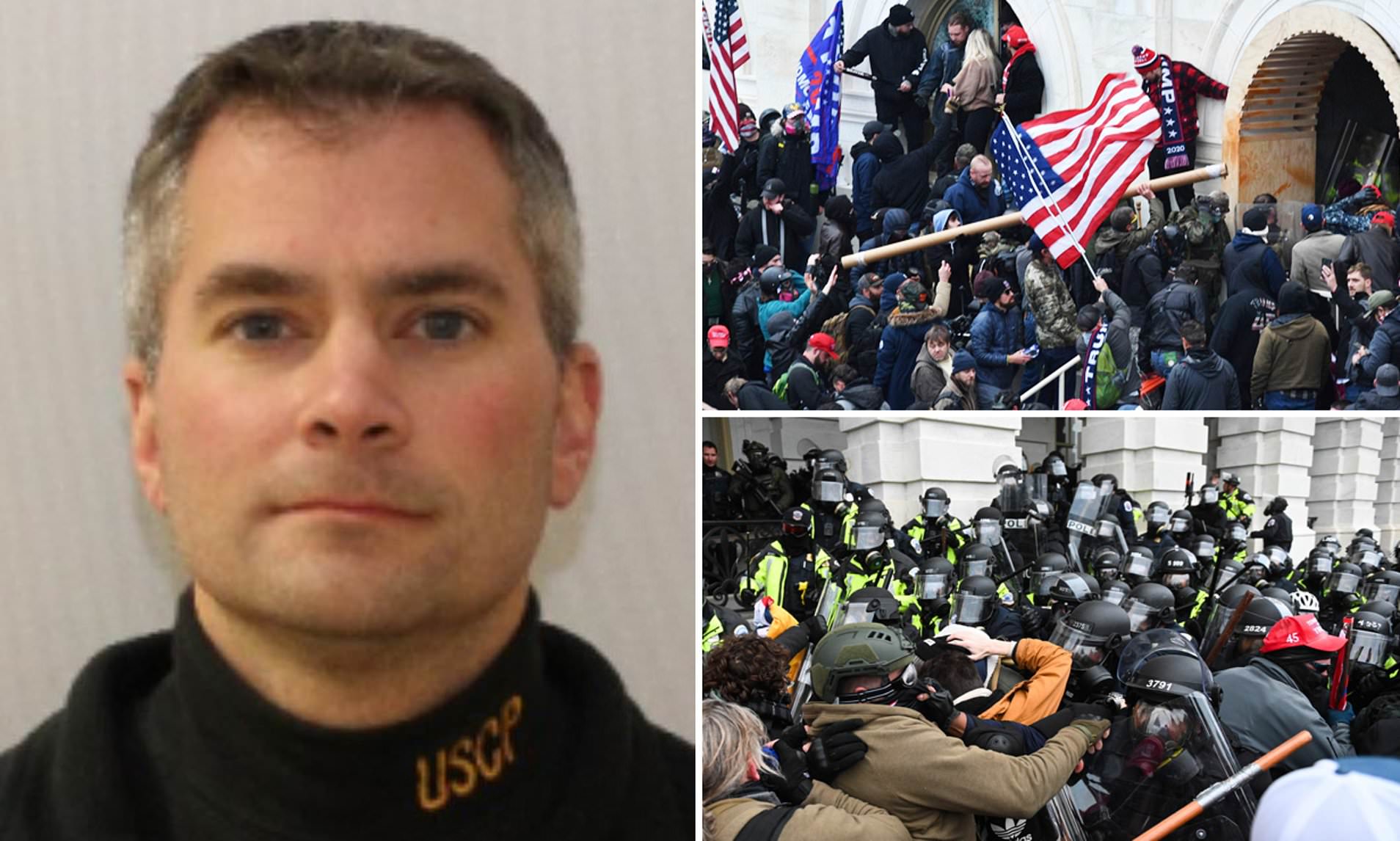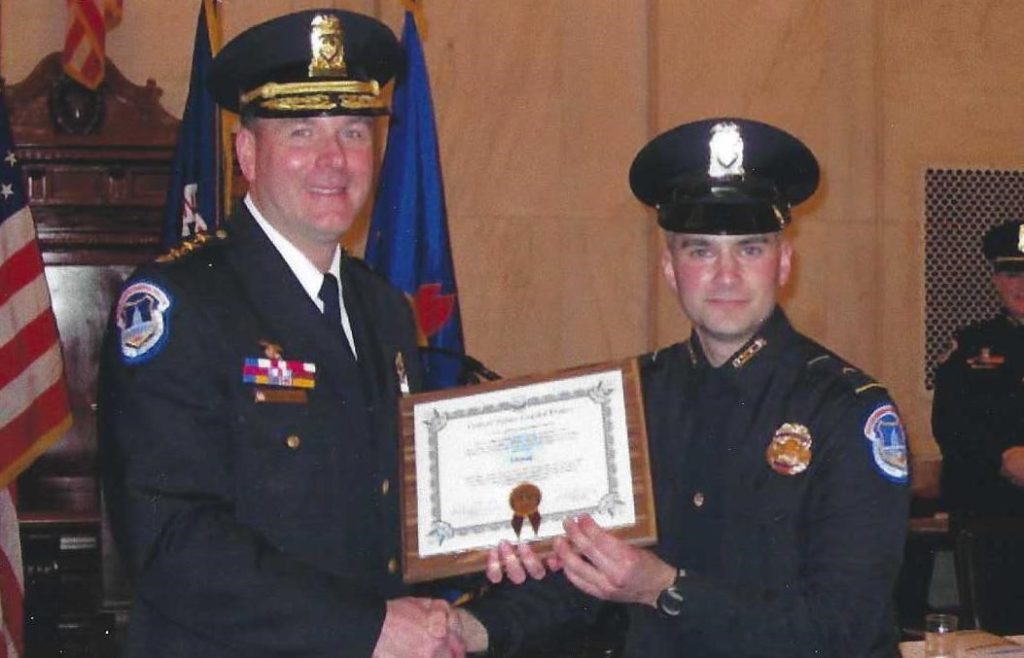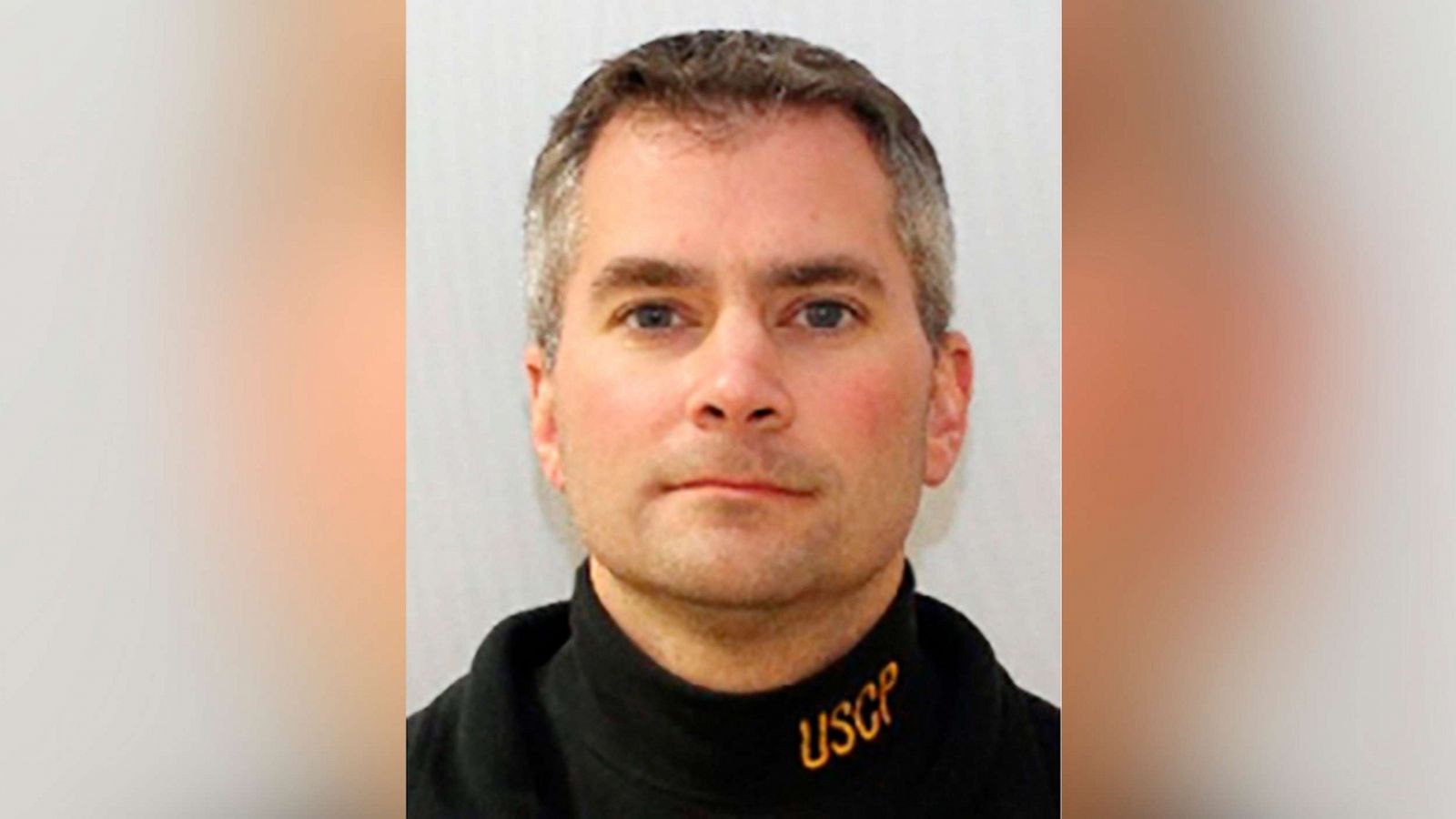On January 7, 2021, a day after responding to an assault on the U.S. Capitol, United States Capitol Police (USCP) officer Brian Sicknick passed away after two strokes. The District of Columbia’s leading health investigator declared Sicknick’s death to have been a natural death, and He added that “all that transpired impacted his health” and that he had died after having a stroke.
His ashes were incinerated, and on February 2, 2021, they were placed to rest in the Capitol Rotunda before being interred at Arlington National Cemetery with due respect. Numerous media sources said that Sicknick’s death was caused by his injuries, although the Washington, D.C., medical examiner subsequently stated that Sicknick had no injuries.
Both the United States Justice Department and the United States Capitol Police said that his death was caused by riot-related injuries a day after he passed away. During this time, it was falsely claimed in the media for weeks that Sicknick had passed away after receiving a blow to the head from a fire extinguisher during a disturbance, according to two unnamed law enforcement officials.
The FBI, USCP, and the Homicide Branch of the Metropolitan Police Department all looked into Brian Sicknick’s killing. Julian Khater and George Tanios were taken into custody on March 14 for allegedly using chemical spray to attack Sicknick, as well as other offenses.
There was no proof, according to the medical examiner, that Sicknick had an adverse response to the chemical spray. Later, on April 27, prosecutors claimed that pepper spray was the chemical mist. The two guys are not accused of being the ones who killed Sicknick.
David Sicknick Brian, Who Is He?
David Sicknick Brian was Born in New Brunswick, New Jersey, on July 30, 1978, to Gladys and Charles Sicknick. Died there on January 7, 2021. The youngest of three boys, he spent his childhood in South River, New Jersey.

Sicknick studied electronics at East Brunswick Technical High School, but his ultimate goal was to work as a police officer. He obtained his high school certificate in 1997. Sicknick joined the New Jersey Air National Guard in 1997 to become a police officer after having difficulty finding employment.
He worked as a leader in the security force squadron and a member of the fire team on the 108th Wing at Joint Bas McGuire-Dix-Lakehurst. In 1998, he expressed his doubts about America’s dovish approach to Saddam Hussein in a letter to his neighborhood newspaper, the Home News Tribune.
What Happened During The Riot On January 6 With Officer Sicknick?
According to the Federal Bureau of Investigation, Mr. Sicknick was a member of a police line next to a bike-rack fence that had been erected at 2:20 pm on the lower west terrace of the U.S. Capitol. At that moment, protesters were making their way to the Capitol to protest Congress’s certification of Joe Biden as the victor of the November presidential election.
The FBI’s affidavit for the arrest of the suspected attacker claims that one of the rioters doused three cops, including Mr. Sicknick, with a chemical spray as they began to pull on the bike rack. According to the affidavit, the cops “momentarily lost their vision” and were “unable to execute their jobs for at least 20 minutes or more as they recovered from the spray.”
According to the complaint, Mr. Sicknick also informed his managers and coworkers that he had been sprayed in the face with something.
David Sicknick Brian Death
Around 9:30 p.m. on January 7, 2021, Brian Sicknick passed away after spending over a day in the hospital. He suffered two strokes earlier in the day. The blood clot in the basilar artery, which caused damage to his brainstem and cerebellum as a result of the strokes, was responsible.

Sicknick was being kept alive by a ventilator and was receiving treatment for a blood clot-related stroke, according to information provided to his family. He passed away at the hospital before his loved ones, who had driven from New Jersey, arrived. The Sicknick family begged people to avoid politicizing his death and the media.
Sicknick died that evening after suffering injuries while doing his job duties, according to a news statement from the Capitol Police. Sicknick had no wounds and had passed quite naturally, the medical examiner confirmed many months later.
Medical Investigator
A press release from the Office of the Chief Medical Examiner for the District of Columbia claims that, on April 19, 2021, Brian Sicknick passed away. According to the report, “acute brainstem and cerebellar infarcts owing to acute basilar artery thrombosis” were the cause of the death and the manner of death was natural (two strokes brought on by arterial clots at the base of the brain stem).
In the past, death was deemed “natural” if it was brought on only by an illness; it was not regarded as natural if an injury had a role in the way it occurred. The results of the January autopsy weren’t publicly disclosed for well over 100 days. Public access to the whole autopsy report was denied.
What Were The First Statements Made By Law Enforcement Officers On What Had Occurred To Mr. Sicknick?
As reported by The Wall Street Journal and other newspapers, quoting a police officer, Mr. Sicknick was first allegedly “struck in the head with a fire extinguisher” during the ruckus. This official said that Capitol Police personnel had first discussed this description with their peers.
The Capitol Police did not provide any more details on Mr. Sicknick’s injuries until he passed the next evening, just that he had “succumbed to his injuries” at the hospital after being “hurt while physically interacting with protestors.”
The organization said that the Metropolitan Police Department of Washington’s Homicide Division would look into his death at the moment. The reason and circumstances of the officer’s death are being looked at by the Office of the Chief Medical Examiner for the District of Columbia.
Inquiries And Accusations
The U.S. Capitol Police (USCP) said in a press statement on January 7 that Sicknick’s death will be looked into. The USCP launched a murder inquiry into Sicknick’s death the next day, with the assistance of the D.C. Metropolitan Police Department and other government organizations.

Investigators were having problems locating homicide-related evidence, CNN reported on February 2. Medical examiners did not uncover any signs of blunt force injuries, according to a law enforcement officer. Accordingly, investigators concluded that the early claims that Sicknick had been struck by a fire extinguisher were untrue.
They were looking through films looking for proof when they thought that Sicknick could have been unwell from a chemical irritant spray.
Funerals And Memorials
On January 12, the flag will fly at half-staff at the Capitol in memory of Sicknick. To commemorate Sicknick, House Speaker Nancy Pelosi ordered that the flags at the Capitol be flown at half-staff on January 8, 2021.
In addition to a written statement from the Trump administration’s deputy press secretary, Vice President Mike Pence made a phone call to the Sicknick family to express his sympathies. Trump issued an order for all government buildings, lands, and vessels to fly their flags at half-staff for three days the next weekend.
Additionally, the governors of Virginia and New Jersey issued orders for the lowering of the flags to half-staff in their respective states. In Sicknick’s native South River, New Jersey, a memorial ceremony was conducted on January 12, 2021. His family, Senator Bob Menendez of New Jersey, and regional leaders were there.
The flag that had been flying above the Capitol in Sicknick’s honor was given by Menendez to his family. East Brunswick Technical High School, Sicknick’s former school, has announced intentions to dedicate an oak tree after him on its grounds.
The video of New Jersey Governor Phil Murphy offering a short eulogy for Sicknick was broadcast by the New Jersey Devils hockey club, who then observed a minute of sorrow.
Conclusion –
Brian Sicknick, a Capitol Police officer, was involved in a physical altercation with demonstrators on January 7 that resulted in his death, according to a report released this week by the Washington state medical examiner.
Despite initial claims by Capitol Police that Mr. Sicknick’s injuries sustained during the Capitol disturbance caused his death, an investigation led to that official conclusion, which was reached months after the incident. This is the chronology of events leading up to Mr. Sicknick’s death.























